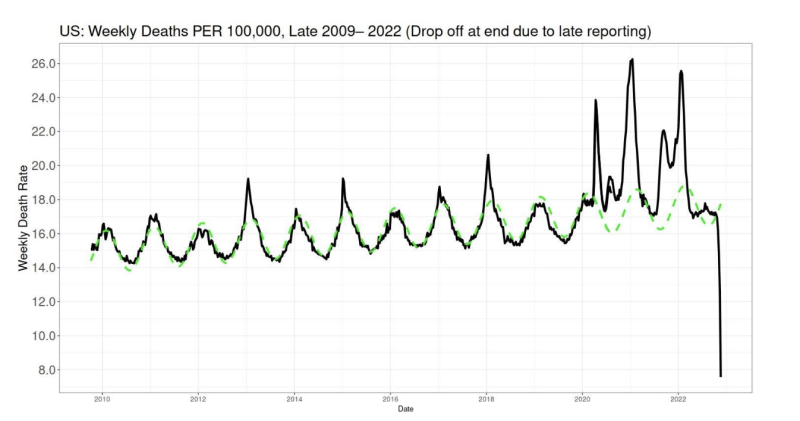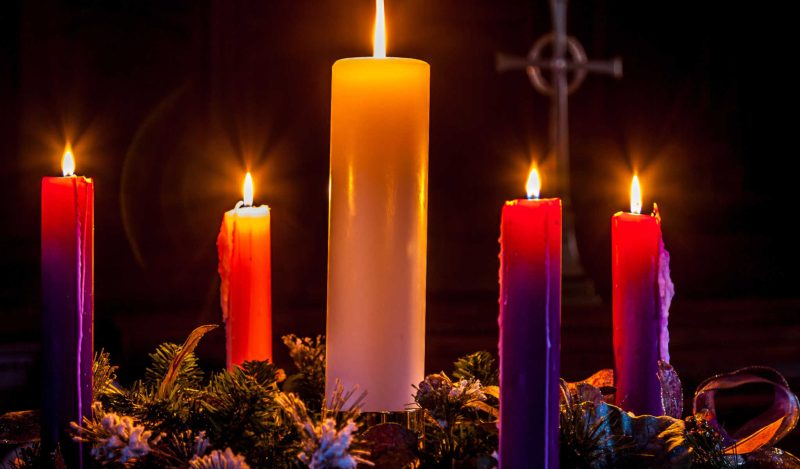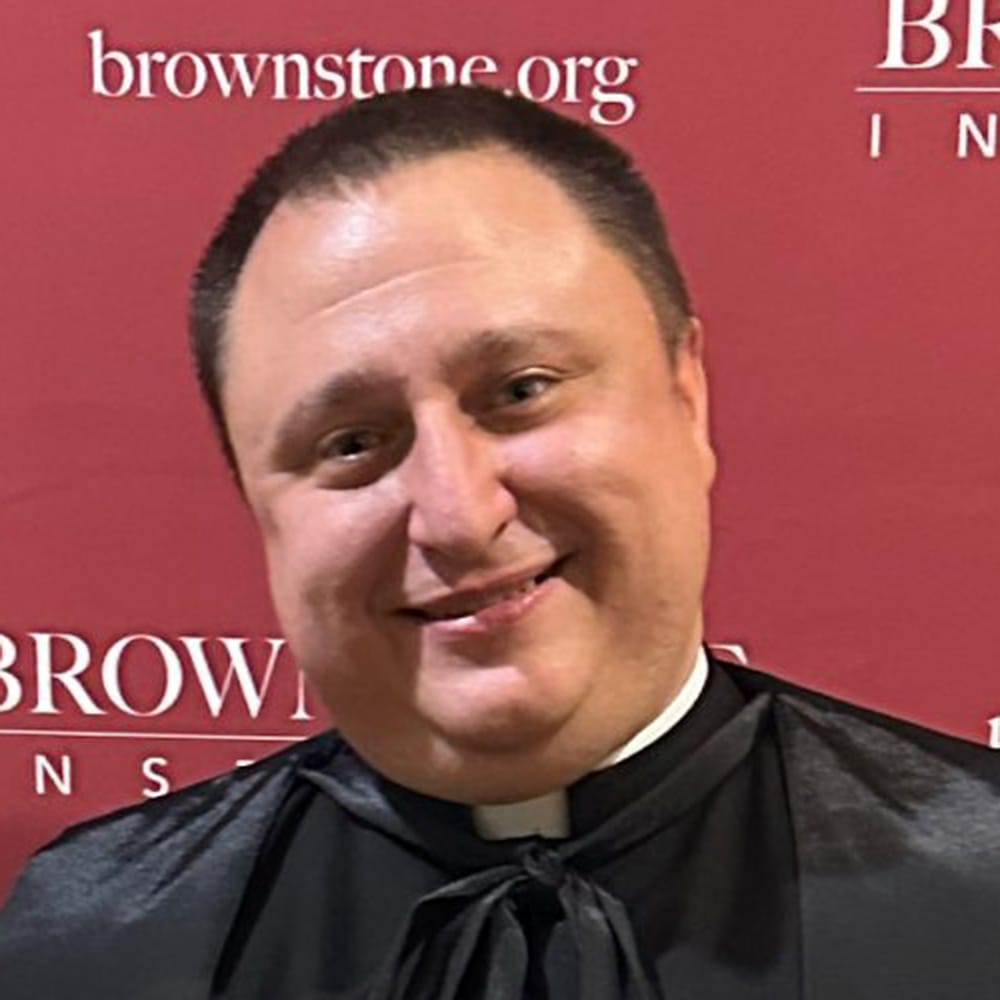On the 16th of December, 2021 President Joe Biden uttered what might be one of the most despicable sentences ever spoken by a U.S. president:
“For unvaccinated, we are looking at a winter of severe illness and death — if you’re unvaccinated — for themselves, their families, and the hospitals they’ll soon overwhelm.”
First, this was manifestly untrue; anybody familiar with the data knew this wasn’t going to happen and we were proven right mere weeks later. Second, the rhetorical purpose of this prediction was to scapegoat those who refused to receive experimental injections for the normal spike in illness and death that occurs every winter.
A hidden reason to be appalled at what Biden said was that his administration was admitting something that they had thus far refused to acknowledge, namely that winter cold and flu season happens every year and that there is nothing particularly special about how this virus behaves with regard to seasonality. This admission is particularly striking as a year later Trump’s ridiculous Surgeon General continues to spread lies about hospitals being at a “breaking point” even though that claim is so demonstrably false.
As I celebrate the liturgies of this season of preparation for Christmas, it occurs to me that part of the irrationality of the panic which broke out in March 2020 was a basic denial or forgetfulness of the natural rhythms of life which find their expression in the liturgical year that, at one point in our history, would have been celebrated throughout the entirety of what we call the West.
The Coming and Going of Winter in the Liturgical
For the purposes of the following discussion, I will be examining the liturgical year as it was inherited by the modern era. The reason for this is that the liturgical year developed organically based upon the lived experience of people throughout generations; the various histories of the individual parts are interesting but not relevant for the purposes of this discussion.
Second, this means we will be ignoring the many changes made in the 20th century, as they were neither organic nor spontaneous and in any case were influenced more by academic theories and didacticism than by any sort of natural experience of life. Finally, please note that this liturgical year developed in the Northern Hemisphere in the context of European climates.
Let us then begin our journey from late Fall through early Spring:
- November begins! Remember death! The month of November begins starkly with a remembrance of those who have gone ahead of us in death. On November 1st we celebrate all of those who are in Heaven by celebrating All Saints. On November 2nd, we pray for those who are being purified in Purgatory as we commemorate All Souls. Every Mass on All Souls Day is a Requiem (i.e. a funeral Mass). Visiting a cemetery is urged, even with the grant of an indulgence for making such a visit from November 1-8. An older priest once recalled that the funeral pall (used to cover a casket or, in the absence of a casket, the catafalque) at his parish growing had the words “Hodie mihi, cras tibi” (“Me today, you tomorrow”) embossed on it. The beginning of November then was a powerful reminder of the arrival of a season of “illness and death.”
- One year ends another begins, be active and alert! The First Sunday of Advent begins a new liturgical year. Interestingly, the year both ends and begins with similar themes, namely the end of time, the second coming of Christ, and the need to be active and prepared. Indeed, the collects (prayer near the beginning of Mass) for both the final and first Sunday of the liturgical both begin with the word “excita” which is translated as “stir up” but with shades of meaning related to our own word “excite.” The Epistles for the Masses (Col 1:9-14 and Rom 13:11-14) both emphasize doing good works as belonging to the light and avoiding the works which belong to darkness. As we approach the darkest days of the year, we are urged to stay active in doing good and to not allow ourselves to become drowsy and sedentary.
- Christmas arrives, go to church a lot! The celebration of Christmas is in some ways even more liturgically intense than the celebration of Easter. Christmas Day itself has three different and distinct Masses (midnight, dawn, and during the day). We sing about the Twelve Days of Christmas for good reason, as there were many important feasts; St Stephen (Dec 26, Jan 2), the Holy Innocents (Dec 27, Jan 3), and St John (Dec 28, Jan 4) were all celebrated with octaves. In addition to Christmas, the Octave Day of Christmas (Jan 1) and Epiphany (Jan 6) were inscribed on the list of holy days of obligation. (Note that some countries were exempted from certain holy days. For example, the US never had Epiphany as a day of obligation.) The darkest days of the year were seen as a reason to get the community gathered as much as possible. The message of hope is proclaimed on Christmas day; “the light shines in the darkness, and the darkness has not overcome it” (Jn 1:5).
- Forty days after Christmas, we bless candles and process to the Church. At the cold midpoint of winter (Feb 2) the church celebrates Candlemas (Called both the Purification of the Blessed Virgin Mary and the Presentation of the Lord). On the day when the Light of the World enters his Temple, we enter the church with lit candles and seek to have candles blessed for the remainder of winter. The natural tendency to question how much longer we have to work to survive winter would make this feast the occasion of our odd secular observance of Groundhog Day.
- Lent means return to the Lord. In the earliest days of the Church, the primary focus of Lent was the penitential preparations of the catechumens seeking Baptism at Easter Vigil. Later, those who had been expelled from the community due to a grave sin such as apostasy, murder, or adultery (the Order of Penitents) were prepared for their readmission on Holy Thursday. Finally, the penitential practices were extended to the entire community. On Ash Wednesday the ashes of burnt dead palms from the prior year are imposed upon everyone’s heads with the words “Remember, man, that thou art dust, and unto dust shalt return. (Gen 3:19). As winter began with a warning of death, so it ends with one. The end of winter became the time to get right with God.
- Easter arrives! Darkness is conquered by the Light of Christ! The most striking moment of the Christian year is having the darkness of a pitch-black Church shattered by the lighting of the Easter candle and the chanting of the Exsultet. The light has conquered the darkness. Life had conquered death. Note how this naturally coincides with Spring; indeed, the English words for both Lent and Easter have etymologies related to the season of Spring (as opposed to some form of Quadragesima and Pascha.) Easter was also the time of year that one must receive Holy Communion, after having fulfilled the requirement of annual confession. (Canon 21 of Lateran IV in 1215, codifying earlier laws and practices). This obligation reveals the pastoral awareness that Lent and Easter were times of “return” for those who may have been absent.
Lessons We Forgot in 2020
I’d like to suggest a series of lessons we can draw from our ancestors’ cycle of worship, lessons which to our detriment we forgot:
Winter is always deadly. More people have always died in the winter. Hospitals have always experienced increases in demand for services in the winter. It’s cold, it’s dark, and it’s cold and flu season. The Christmas carol “Good King Wenceslas” is a song about the saint and his squire miraculously not getting killed by winter on December 26 as they performed an act of charity.
If you aren’t comfortable thinking about winter as the time for death, then you should visit a cemetery daily in November until you become comfortable:


Only an unhinged lunatic would think that mid-March is the beginning of the time of illness and death rather than the end. Every bit of our annual experience as humans says that while things might get bad again after Groundhog Day, when spring hits the elevated danger passes. What we did in March 2020 was absolutely insane; we began panicking mere days before the first day of spring and KEPT panicking through the rest of the year. Mass hysteria made us forget how calendars work.
The healthy response to the reality of winter is MORE activity, not less. Advent warns us that allowing the coming of winter to make us sedentary is bad for us. The darkest (and often most deadly) days of the year required MORE trips to church, not less. The fact that “public health experts” suggested that people stay at home, avoiding sunlight and physical activity and normal human interaction, makes me question if they are even actually human; all of their advice seemed precisely targeted to destroy human well-being, both physical and spiritual. Even today, they are still saying utterly insane things:
“Focused protection” isn’t a novelty of the Great Barrington Declaration; it’s simply what we’ve always done using common sense. It is so painfully obvious that the infirm and elderly were going to alter their habits with the arrival of winter. It still happens today; if it’s particularly cold or snowy or icy, I’ll find myself driving 25 minutes to our other church only to notice the absence of the pious old lady who lives only across the street.
These liturgies existed in a world where the church may not even be effectively heated, to the point where it was necessary to include the following among the liturgical rubrics: “If the Blood freezes in the chalice in winter time, the chalice should be wrapped in cloths that have been warmed. If this is not enough, it should be placed in boiling water near the altar until the Blood melts, but care should be taken that none of the water gets into the chalice” (De Defectibus, 41).
Clearly a set of people were going to be absent for all or part of winter, which is why making sure they returned at Easter became a priority.
President Trump’s announced Easter reopening was the last chance to do something that made sense. Unfortunately for us, he was such a poor leader that he allowed the false prophets of hysteria to convince him to forget ever having this plan.
Conclusion
Obviously, as a Catholic priest, I’d love to be able to convince the whole West to return to fervent celebration of the liturgical practices I’ve described above. From a pragmatic point of view however, I will settle here for an urging of a return to the basic truths that our ancestors understood and therefore incorporated into their annual observances.
It’s currently December and more people are dying and more will die. Deaths will probably peak around New Year’s but there may be another wave after Groundhog Day. Make prudent decisions involving your health, but also recognize that none of us are guaranteed tomorrow.
Don’t allow these days to make you sedentary and depressed for this will hurt your well-being, but rather stay spiritually connected in every way possible, including with your loved ones and community. If we survive the winter, let us celebrate the life which we have been blessed with. And let us never let anyone convince us to do otherwise, even if they claim to speak in the name of “public health.”
A Merry Christmas season to all!
Join the conversation:


Published under a Creative Commons Attribution 4.0 International License
For reprints, please set the canonical link back to the original Brownstone Institute Article and Author.









